In the world of watches, the strap is more than just a fashion statement; it's a vital component that faces the rigours of daily life, including the inevitable encounter with water. Whether from handwashing, a sudden downpour, or a planned dive into the pool, water resistance in watch straps is not just a feature—it's a necessity for many. This article dives into what makes a watch strap truly water-resistant, the materials that stand up best to H2O, and how to ensure your timepiece stays snug on your wrist, come rain or shine.
Understanding Water Resistance
The term "water resistance" is often tossed around in the watch community, but what does it really mean for a watch strap? It's crucial to understand that water resistance doesn't just apply to the watch case; the strap plays a significant role in ensuring your entire timepiece can withstand your aquatic adventures.
- Water-resistant vs. Waterproof vs. Water-Repellent: It's a common misconception that these terms are interchangeable. "Water-resistant" straps can handle a few splashes, whereas "waterproof" would imply an imperviousness to water—a term rarely accurate in the watch world. "Water-repellent," on the other hand, means that the strap can repel water to some extent but is not entirely resistant.
- Factors Influencing Water Resistance: The strap's material, construction, and additional coatings play a part in how well it can resist water. The seams, attachment points, and any porous materials used are all potential vulnerabilities when exposed to moisture.
Material Matters: A Closer Look
Leather Straps
Leather, with its timeless elegance and classic appeal, is a popular choice for watch straps. However, its natural fibres are prone to absorbing water, leading to deterioration, warping, and unpleasant odours over time. But fear not leather aficionados! There are ways to enhance leather's resilience:
Treatments and Coatings: Applying water-resistant treatments or sealants can significantly improve a leather strap's ability to repel water. These can range from natural wax coatings to more advanced synthetic options, providing a barrier against moisture while maintaining the leather's flexibility and breathability.
Metal Straps
Metal straps, particularly those made from stainless steel or titanium, are champions of durability and water resistance in the watch strap arena. These materials don't absorb water, making them ideal for frequent exposure to moist environments:
Maintenance Tips: To keep a metal strap in prime condition, regular cleaning to remove salt, sweat, and dirt is essential. Pay special attention to the clasp and the links, as these are common areas where corrosion can start, especially in saltwater conditions.
Rubber and Silicone Straps
For those leading an active lifestyle or diving into the deep, rubber and silicone straps are the go-to choices. Not only are they inherently water-resistant, but they also offer comfort and longevity, even when submerged:
Comfort and Longevity: Rubber and silicone maintain their integrity and flexibility over a wide temperature range, making them suitable for everything from hot summer days to icy cold water dives. Their non-porous nature means they dry quickly and are easy to keep clean.
Nylon and Fabric Straps
Nylon straps, including those made from high-strength materials like ballistic nylon or Cordura, are known for their quick-drying capabilities. This feature, combined with their lightweight and comfortable fit, makes them suitable for casual wear and outdoor activities:
Weaving and Treatment: The key to a nylon strap's water resistance often lies in the weave and any post-production treatments. Tight weaves and water-repellent coatings can help these straps shed water efficiently, reducing the risk of moisture retention and the associated problems.
How to Check if Your Strap is Water-Resistant
Knowing the water resistance level of your watch strap can save you from unexpected damage and prolong the life of your watch. Here’s how you can gauge the water resistance of your strap:
Check the Manufacturer’s Ratings: Many straps come with water resistance ratings, often denoted in meters or atmospheres (ATM). While this rating primarily refers to the watch case, manufacturers may also provide information about the strap's suitability for water exposure.
Visual Inspection: Look for any signs of water damage, such as discolouration, warping, or mildew. These signs indicate that the strap is not water-resistant or that its resistance may be compromised.
Caring for Your Water-Resistant Straps
Regular maintenance is key to keeping your water-resistant straps in top condition. Here are some tips to care for your straps after exposure to water:
Cleaning: Gently clean your strap with a soft, damp cloth after exposure to saltwater, chlorine, or any chemicals to prevent corrosion or deterioration. Use mild soap if necessary, but avoid harsh detergents.
Drying: Pat the strap dry with a soft towel immediately after washing. Allow it to air dry thoroughly but avoid direct sunlight or heat sources, as these can cause some materials to degrade or warp.
Regular Checks: Inspect your straps regularly for any signs of wear and tear, especially after significant water exposure. Look for cracks, tears, or any stiffness in the material, and replace the strap if necessary to maintain water resistance.
Enhancing Water Resistance
While some straps are designed with optimal water resistance, others may benefit from a bit of help. Here are ways to enhance the water-resistance of your strap:
DIY Treatments: For materials like leather or fabric, consider applying a water-repellent spray designed for use on textiles. These sprays can add an extra layer of protection against moisture.
In Conclusion
Choosing the right water-resistant strap for your watch is not just a matter of aesthetics; it's about functionality, durability, and peace of mind. Whether you're a swimmer, a diver, or someone caught in the rain, the right strap can make all the difference.
Have you had experiences with water-resistant straps, or do you have tips to share? We'd love to hear your stories and advice. Explore the wide range of water-resistant straps and find the perfect one to suit your lifestyle and watch.
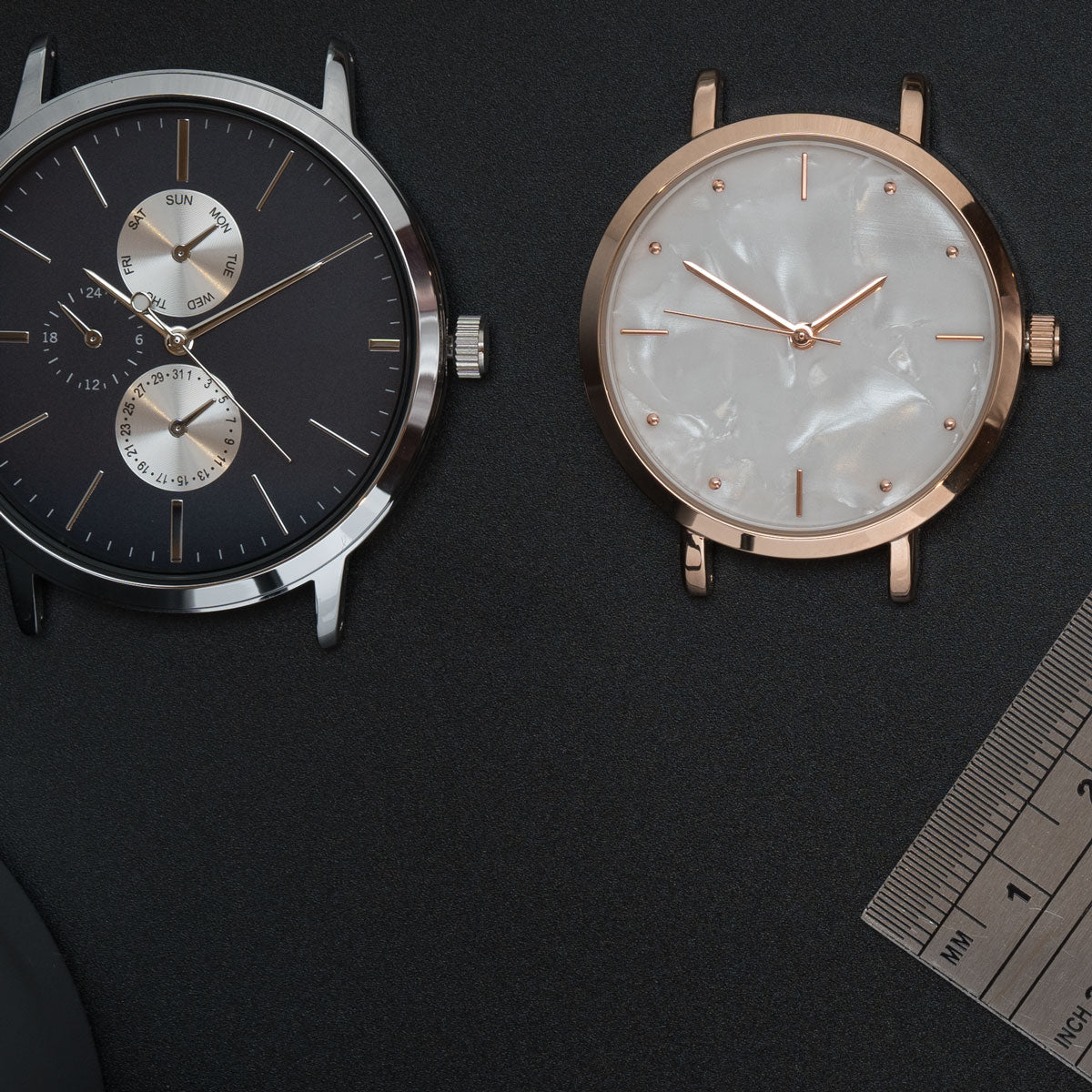
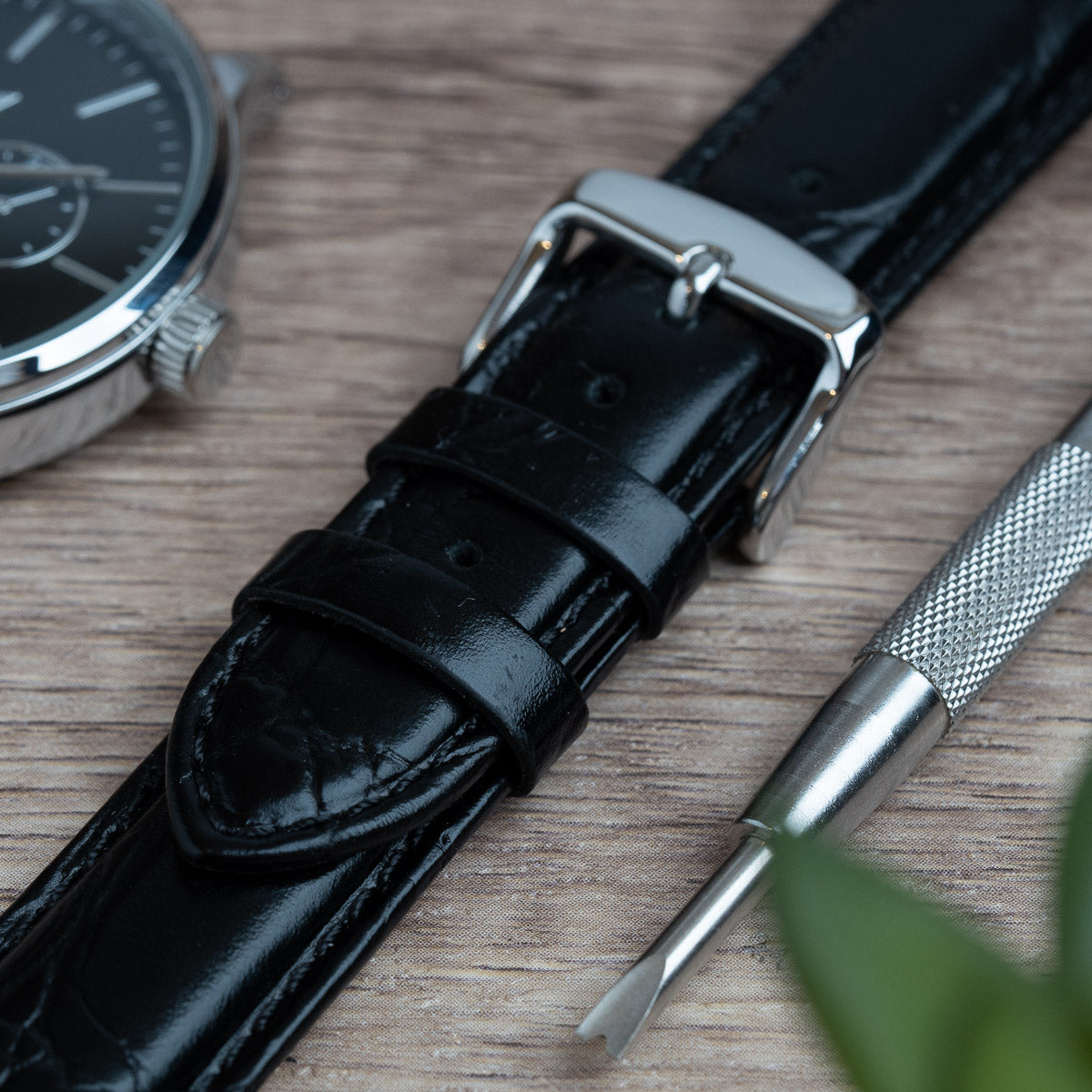
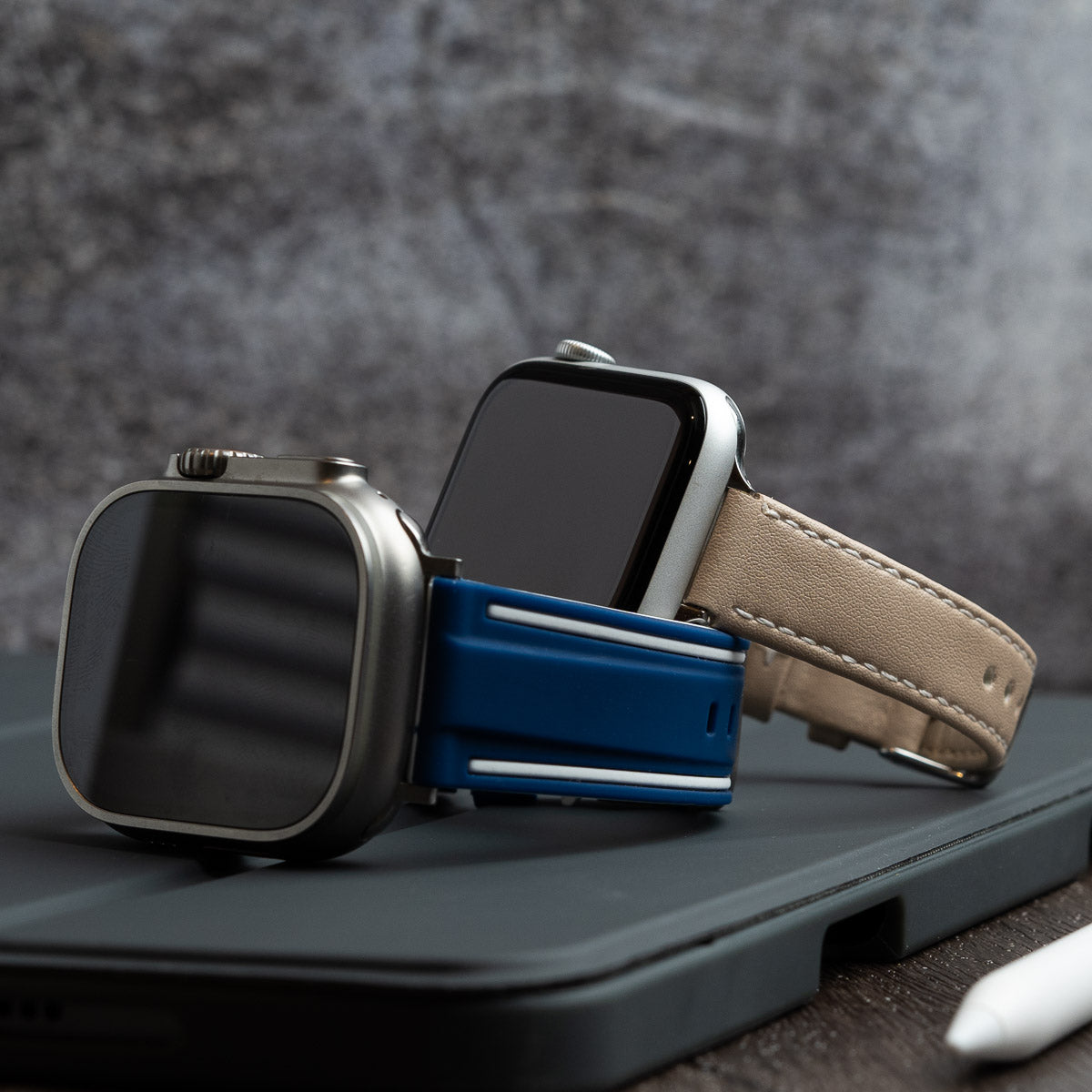
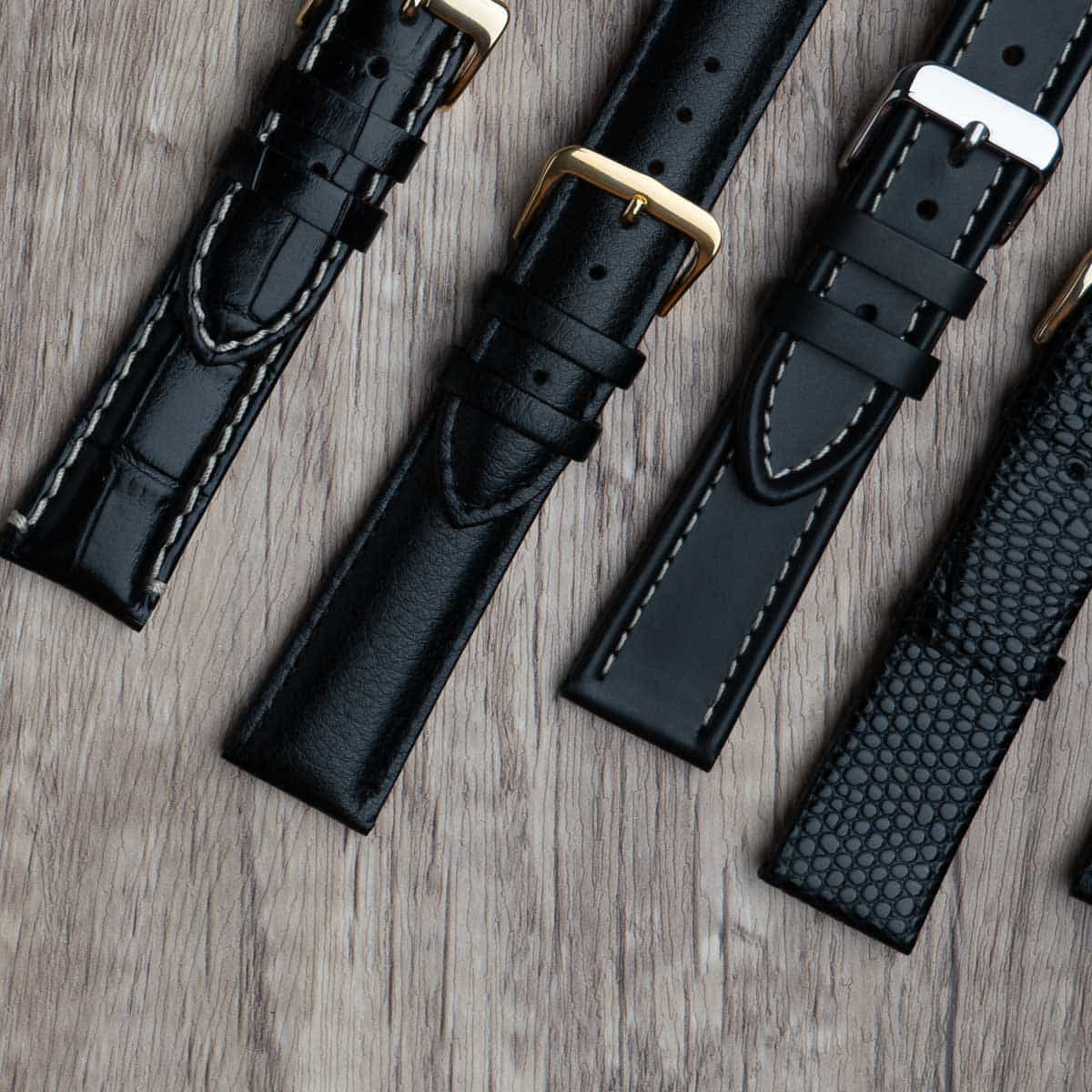
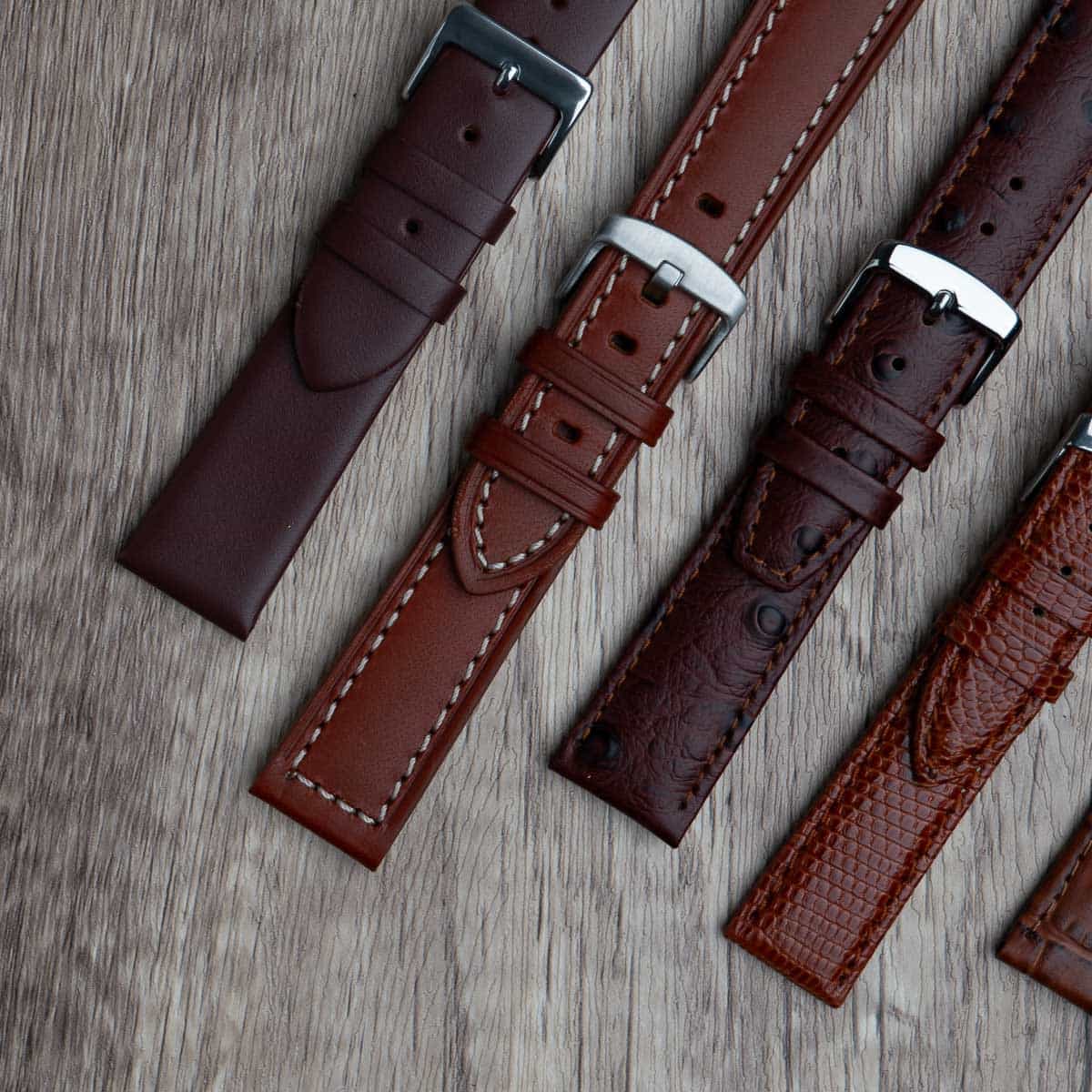

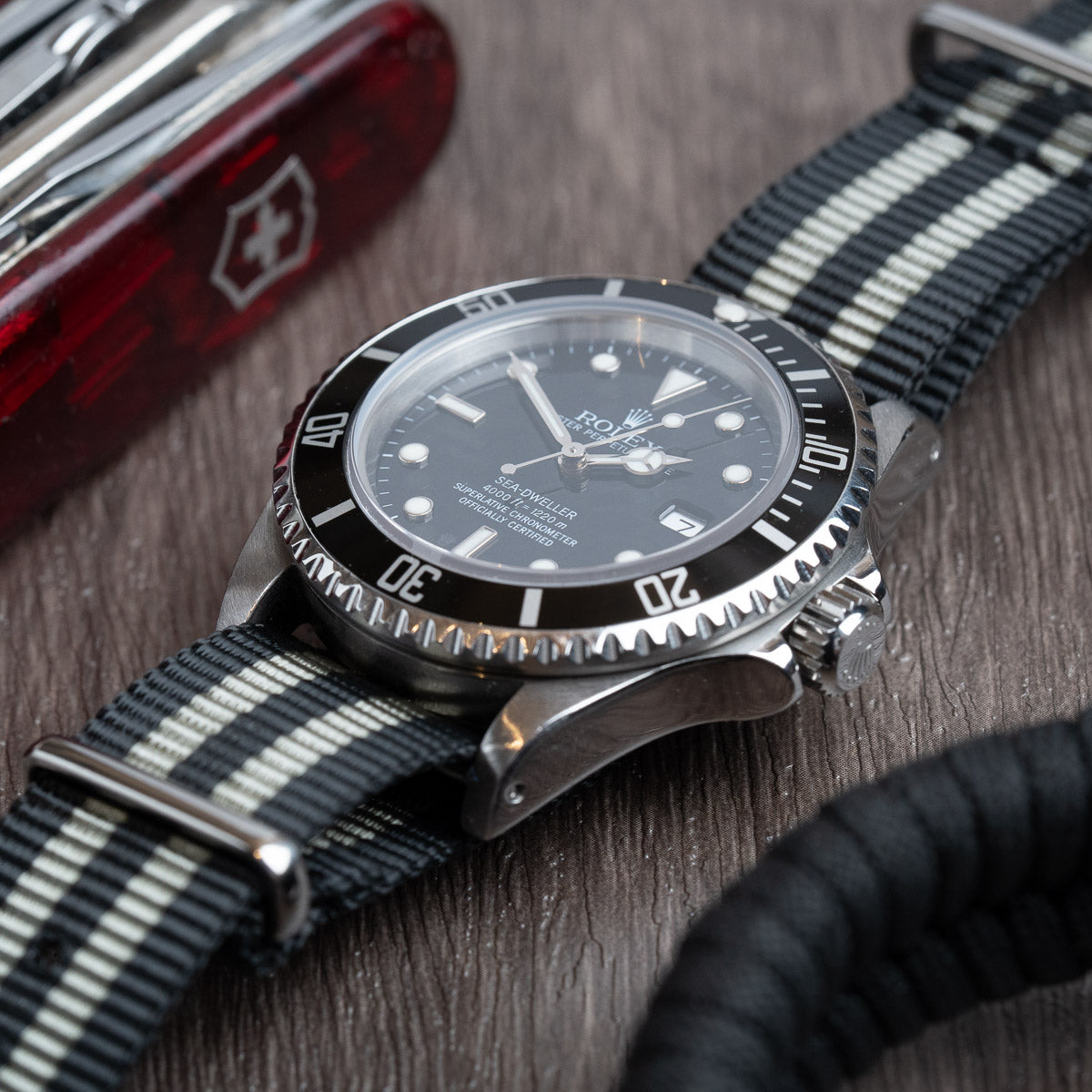
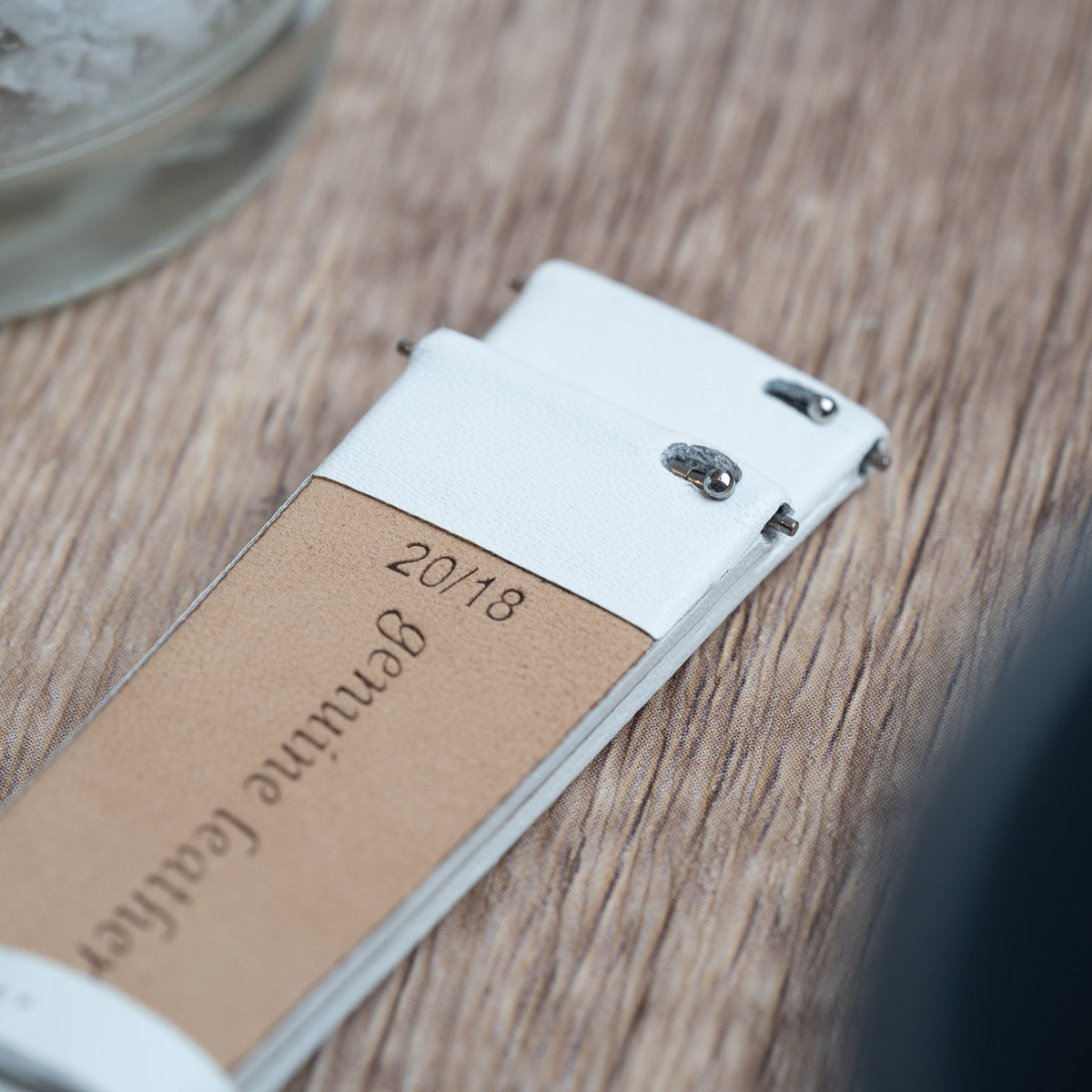
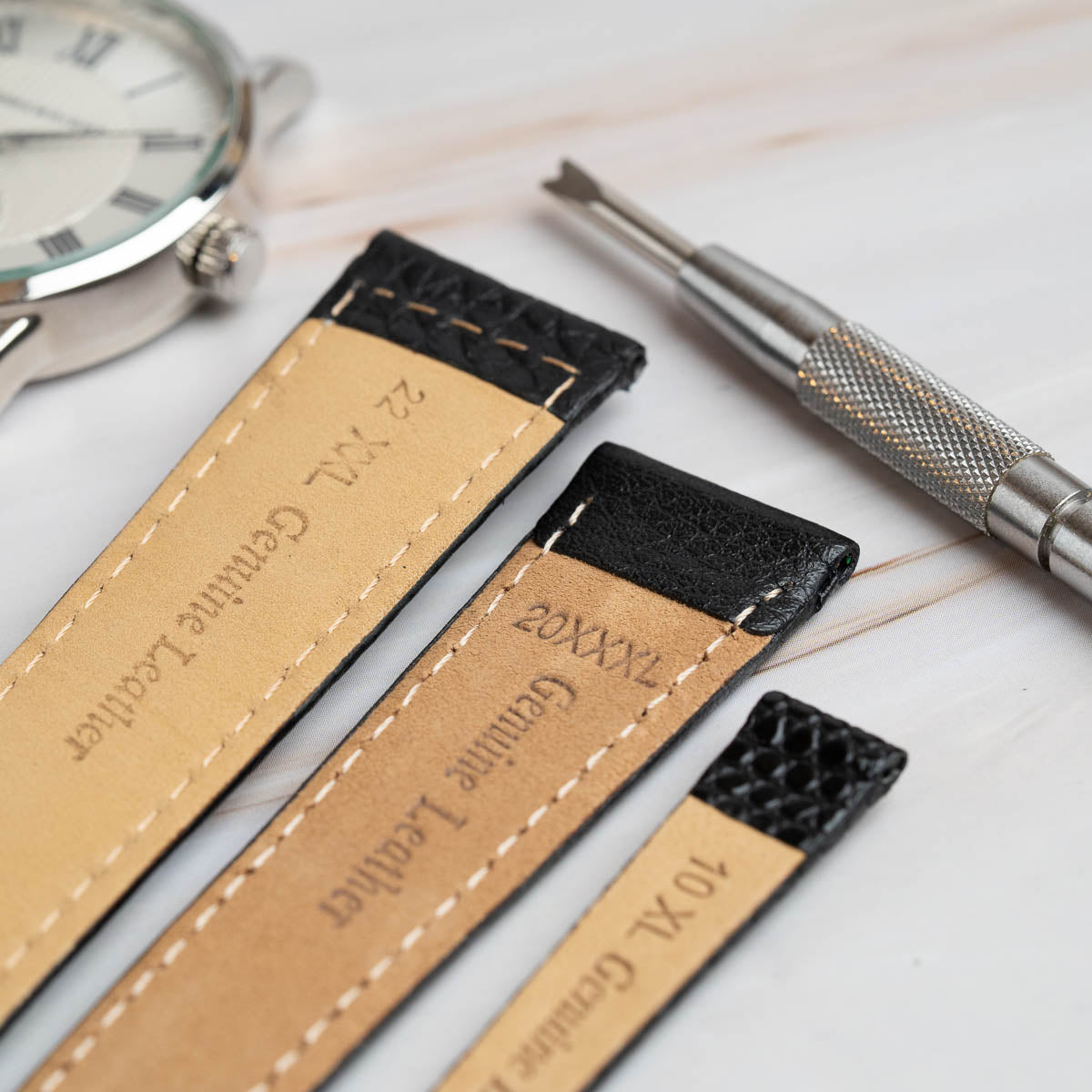

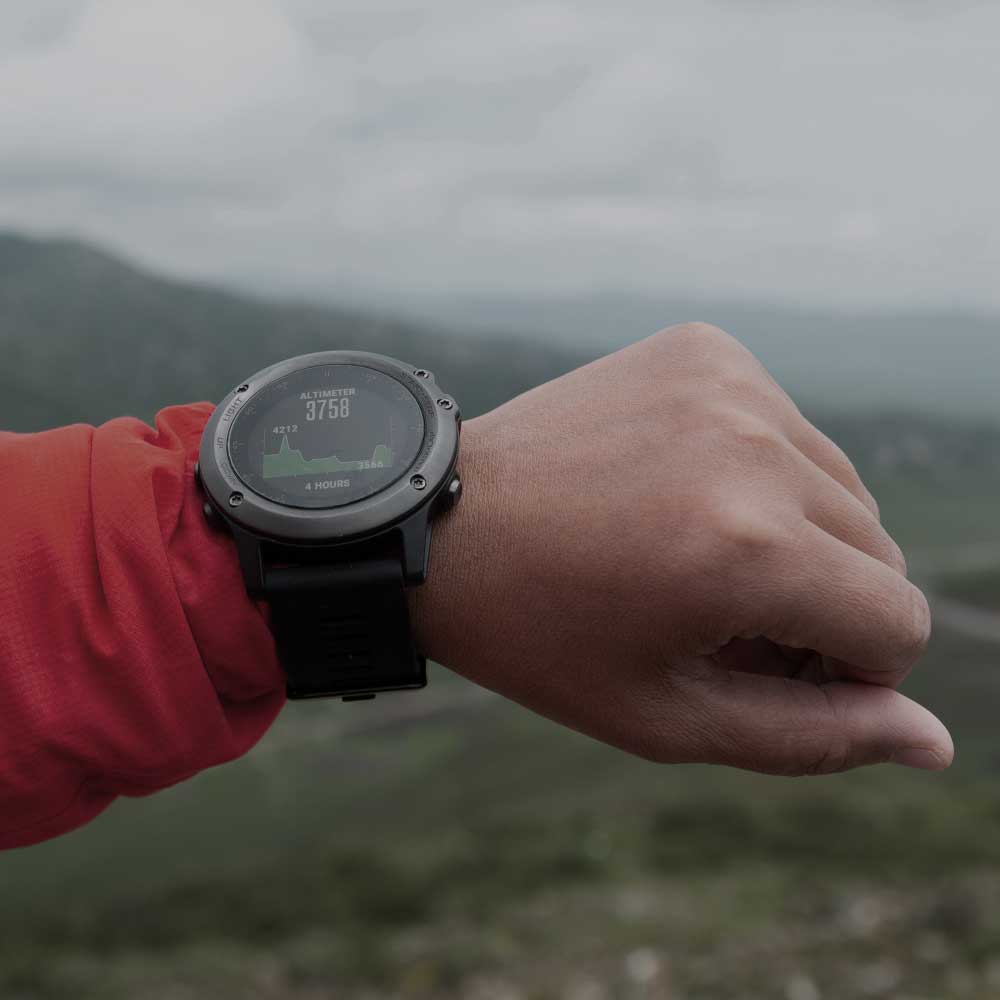
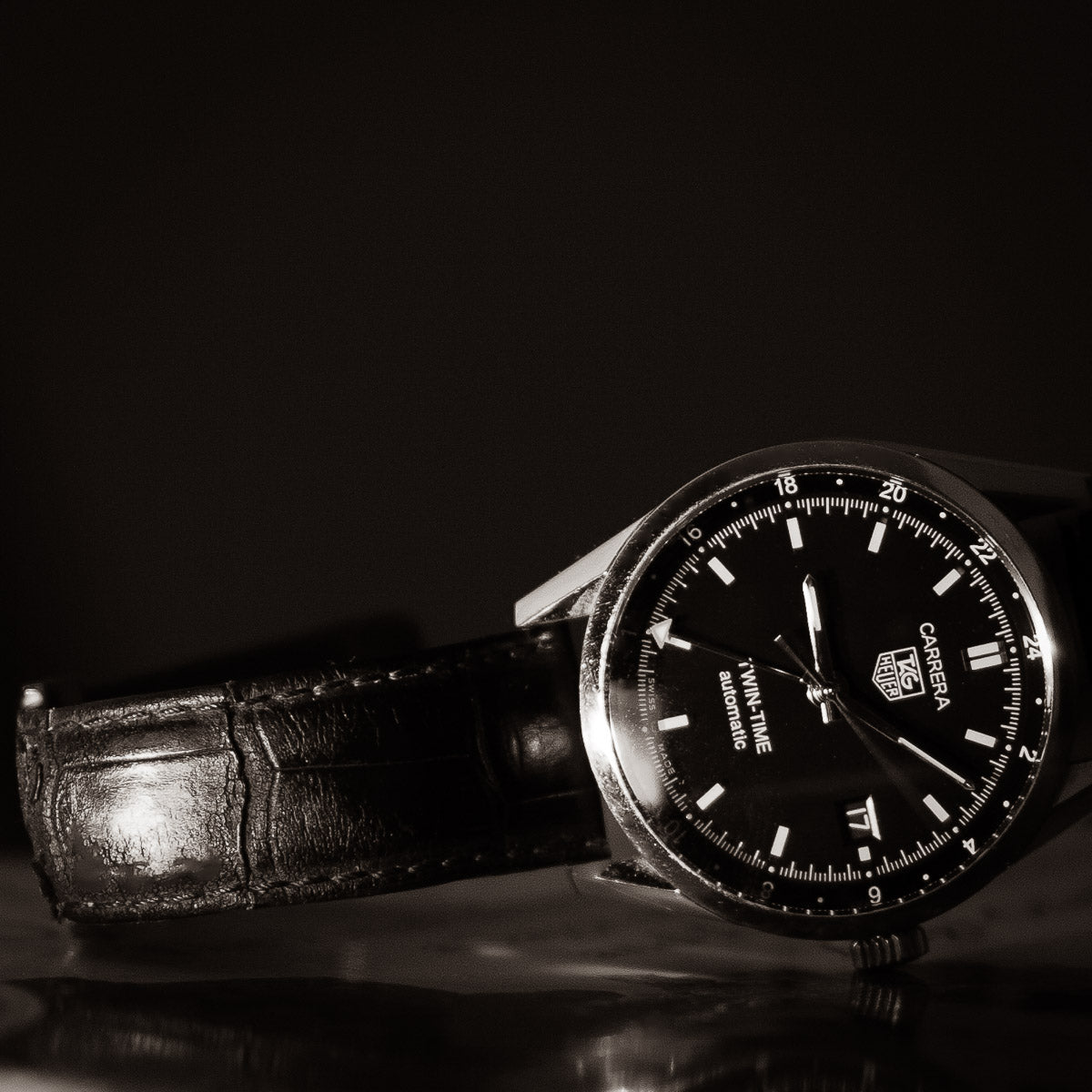
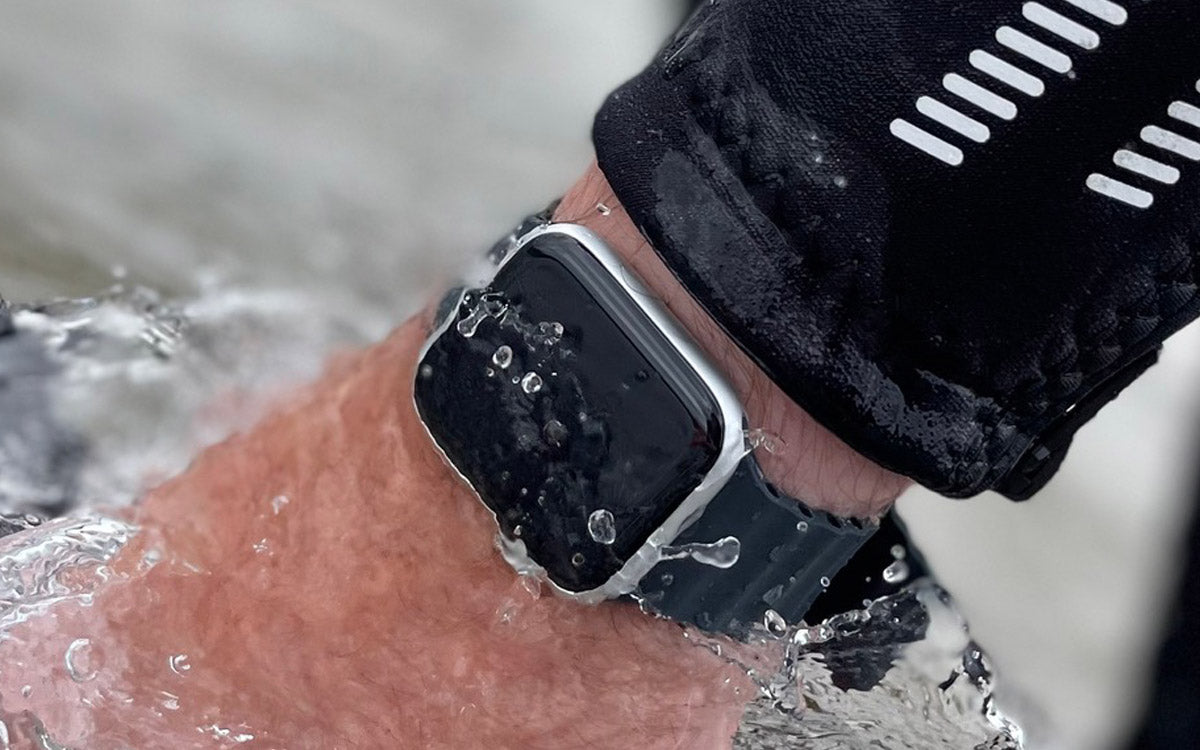

Leave a comment
This site is protected by reCAPTCHA and the Google Privacy Policy and Terms of Service apply.